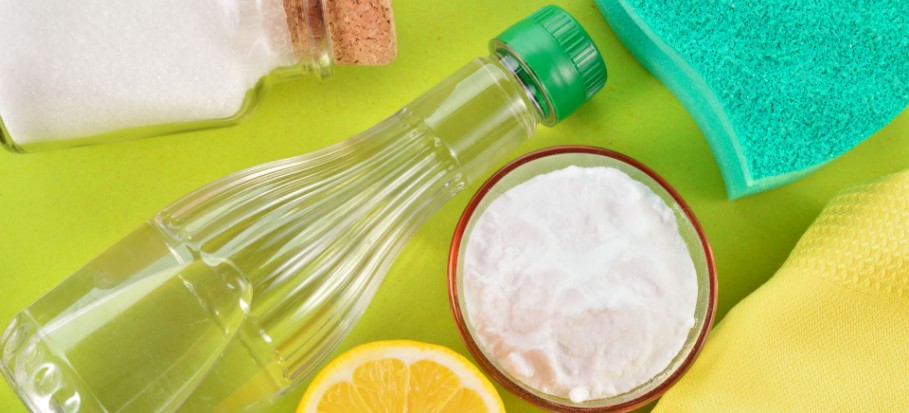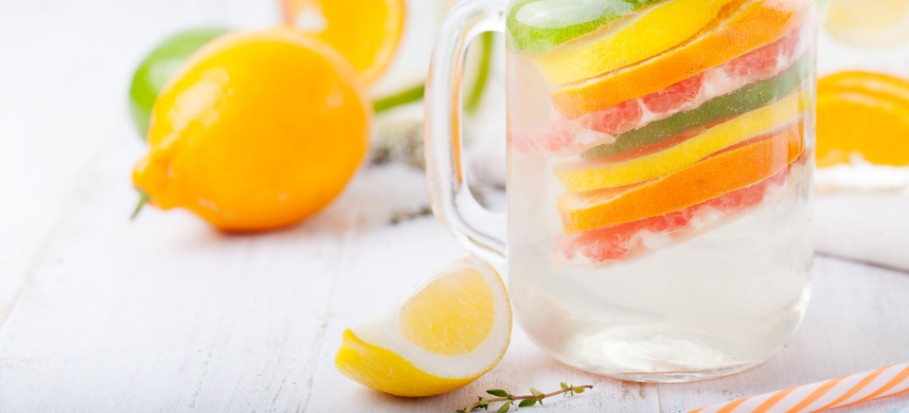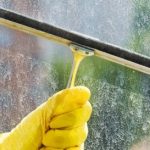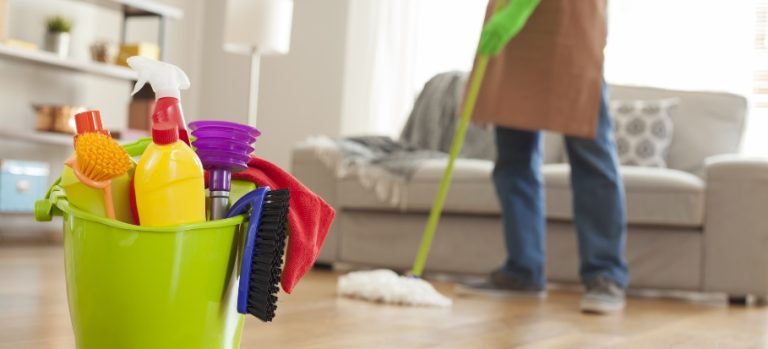5 Homemade Window Cleaner Recipes for Streakless Results – FS UK

Have you ever stared at the cleaning products section in the supermarket and wondered what the actual difference between various window washing products is? Each promises to make your windows as good as new, but at what cost? Sometimes, information about all the different active ingredients, included in the cleaning mixture, is omitted from the product label. Some of these chemicals may cause mild irritation, while others can lead to potentially long-term health issues.
So, if you:
- want to lead a more healthy and eco-friendly life;
- want to properly care for your windows;
- get rid of all the unnecessary detergent bottles;
- want to learn how to make the best natural window cleaner;
- save some money while you’re at it.
Then this article is for you!
- Why switch to homemade window cleaning solutions?
- How to make your own glass cleaner?
- What everyone forgets about when cleaning
Why Switch to Homemade Window Cleaning Solutions?
There are many benefits of choosing a DIY window cleaner; the most important being your health and well-being. The British Allergy Foundation estimates that half of the child population in the UK suffers from one or more allergic disorders. At the same time, 44 per cent of the adults are also affected by one or a combination of these maladies.
That’s why it is important to keep track of the chemicals, used in detergents, as they can trigger or exacerbate an existing health problem. Although regulators take great strides in controlling solvent ingredients, there are still manufacturers and distributors, who employ various tactics to circumvent health regulations.
One common method is using an umbrella term on the product label, for example: fragrance. Many different compounds can be mixed, in order to add a nice smell to the cleaning solution, such as phthalates, which are known to have a damaging effect on the reproductive system. These ingredients may also trigger an asthma attack or an allergy. Other frequently-used chemicals include chlorine bleach and ammonia, which are known to cause skin irritation, respiratory and neurological problems, and can be fatal if exposed to high doses.
In addition to the health benefits you get with making your own homemade window cleaning solution, the DIY method is low-cost and easy to make. All of the recipes consist of mainly natural compounds, making them non-toxic and environmentally-friendly. If you are interested in ways to make your home more sustainable, read our post on how to make your household eco-friendly.
As an added bonus, the natural window cleaner can help you tackle dirt build-up, streaks from previously-used washing detergents, and in some cases – mold and mildew. This way, you won’t have to purchase a different product for each cleaning issue and you can declutter your washing products cabinet.
How to Make Your Own Glass Cleaner?
Depending on your window washing needs, there are various combinations of ingredients you can mix, in order to achieve the desired results. Here are some of our successfully tested recipes:
The First-Time Wash Recipe
- cup of white vinegar
- ½ tsp. dishwashing detergent or liquid
- 2 cups of water
- empty spray bottle
- Pour the cup of vinegar into the empty spray bottle.
- Add the 2 cups of water.
- Mix the dishwashing detergent.
- Close the empty spray bottle and gently shake the solution.
Mix all of the listed ingredients in a spray bottle, shake and use directly on the windows. You can leave the glass cleaner for a few minutes, if the windows are dirtier than usual. Scrub gently with a mop or a window scrubber. Rinse with water.
Adding dishwashing liquid is necessary because it helps with removing any leftover residue from commercial chemicals.
This recipe works wonders when cleaning laminate floors, as well.
The All-Purpose Cleaning Solution
- ½ cup of vinegar
- 2 litres of water
- ¼ cup of baking soda
- empty spray bottle
- Pour the vinegar in an empty spray bottle.
- Mix in the water. If you forget this step and add baking soda instead of water, there will be an immediate reaction and the liquid will erupt out of the bottle.
- Gradually mix in the baking soda.
This homemade window cleaner uses only natural components and is perfect not only for cleaning windows, but also bathroom chrome fixtures, mirrors, and wet-room/shower screens. What makes this mixture ideal for everyday use are the white vinegar and baking soda. This strong combination deals with grease stains, mildew, and wax build-up. It also removes any foul odours, dissolves sticker glue and softens hard water. If you want to clean green, then this is the perfect solution to start with.
The Regular-Use Window Cleaner
- 1 cup white vinegar
- 1 cup of water
- empty spray bottle
- Pour the white vinegar into the bottle.
- Mix in the water.
- Shake well.
It is as simple as that! Once you’ve tackled the first thorough wash, you only need water and vinegar to maintain your windows’ streakless appearance.
This solution is particularly useful for cleaning uPVC window frames from the accumulated dirt and for freshening up their looks.
The Heavy-Duty Cleaning Recipe
- 1 cup of distilled white vinegar
- empty spray bottle
- Pour the distilled vinegar in the empty spray bottle.
- Shake well and spray generously.
If you need something strong to deal with stubborn grime, paint spots or hard-water mineral build-up, you can use warmed-up distilled white vinegar directly on the window glass. Leave it for a few minutes, scrub gently and rinse thoroughly with water.
The Scented Eco-Friendly Window Cleaning Solution

- white vinegar
- water
- citrus peels
- an empty jar
- Put the citrus peels in a mason jar until it’s full (or add as many as you want).
- Pour white vinegar to fill the voids and cover the peels, then, seal and store in a cool and dark place for 2 to 3 weeks.
- Remove the citrus peels, mix the remaining solution with equal part water and put it in a spray bottle.
If you’re worried about the strong vinegar smell, just add citrus peels! You can use any citrus fruits, but the best results are achieved by using lemons or limes. If you want the mixture to be stronger and more acidic, just add more lemons!
If you want to skip the peeling fruits step, you can use a few drops of essential oils as an alternative. This concoction is also ideal for washing window screens.
What Everyone Forgets About When Cleaning
The most important rule when it comes to any kind of washing solution is to use it responsibly. Over-cleaning, i.e. cleaning meticulously every day, or trying to maintain a sterile environment can aggravate an ongoing illness, allergies and asthma problems, because good bacteria is removed along with any harmful bacteria.
This is where the homemade window cleaning solutions come in handy. And if sometimes, you find yourself unable to make a homemade concoction of your own, Fantastic Services offers professional window cleaning service performed using purified water.
Who knew that looking after yourself can be so rewarding and environmentally-friendly?!
Takeaways
- Commercial detergents can trigger health problems such as asthma attacks and allergies.
- Some ingredients in store-bought cleaners can cause potentially long-term health issues.
- Homemade window cleaners are easy to mix and can remove persistent stains.
***
Have you tried any other recipes? Share with us your homemade window cleaning ideas in the comments below or take our quiz!
Images source: Depositphotos / by geo-grafika and anna.pustynnikova





